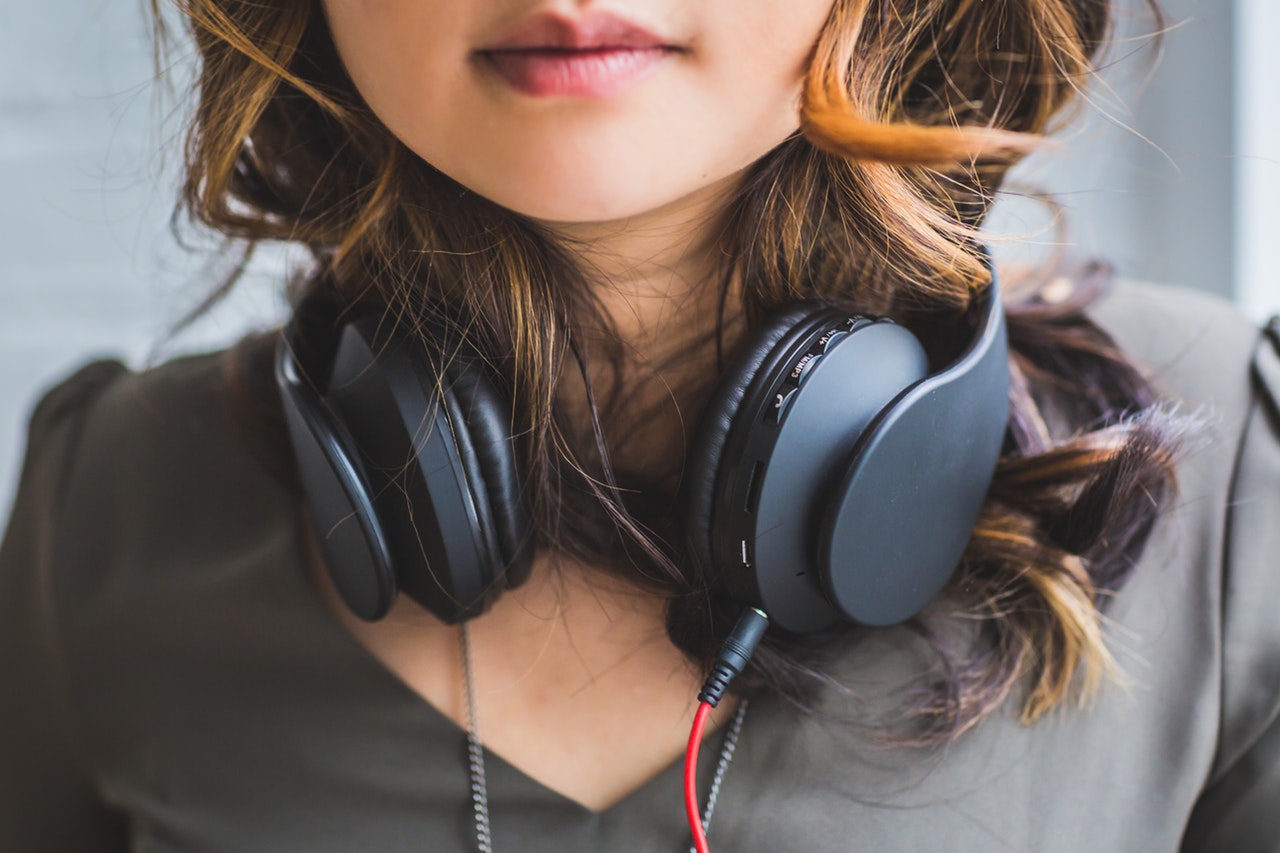Will the nation’s young be obese with hearing loss, too? Yes, if no one will educate their parents about noise and hearing loss.
Article Category:
Noise and Children
Article Categories
Nick Foles may have won Most Valuable Player at the Super Bowl last week
Nick Foles’ daughter stole the Super Bowl limelight when photographed with her father. Why was she wearing bright pink ear protectors?
Too loud: noisy toys can damage a child’s hearing
Too loud! Noisy toys can damage a child’s hearing. Before you buy that toy, read this and know you are buying one that’s fun and safe.
85 decibels is not a safe sound level for anyone, particularly children
85 decibels is not safe for anyone, particularly children. So why are manufacturers selling “kid safe” headphones “limited” to 85 db?
Hearing Loss Hits A Younger Generation
An epidemic of noise-induced hearing loss will only get worse in coming decades as today’s children begin to use earbuds at earlier ages.
Study: Urban noise worst in poor and minority neighborhoods
Unsurprisingly, a study shows that urban noise worst is poor and minority neighborhoods. Enough with the studies, it’s time for action!
Protecting your teenager from noise-induced hearing loss
Protecting your teenager from noise-induced hearing loss isn’t easy, but governments could hlep to limit their exposure to noise.
Children need quiet
Quiet is crucial for your children. Learn why–and more importnatly–how to introduce some quiet into your children’s lives.
When “good news” is bad news
When is “good news” bad news? When the press reports uncritically, leaving the public to believe that earbud and headphone use by children is perfectly fine.









